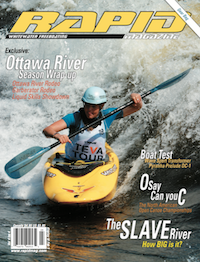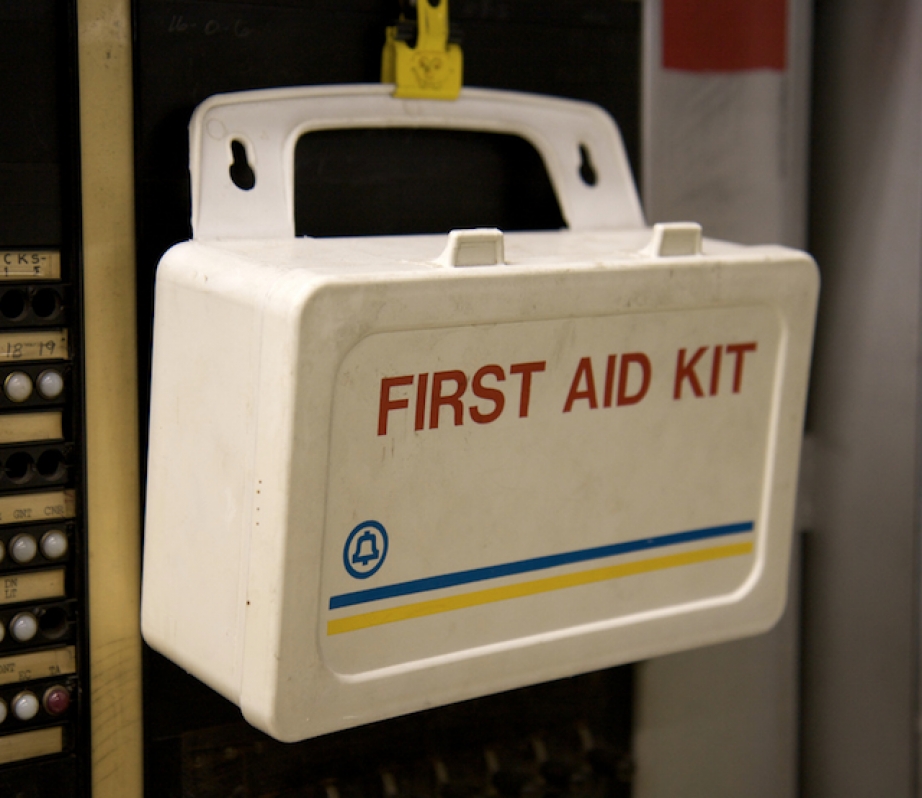I bolted upright in my hammock at 3 a.m. with the feeling that someone was hammering a nail into my elbow. The pain was from a one-centimetre-long scrape I had acquired a week earlier amidst the jungle of Malaysia’s Selangor River. I didn’t notice the scrape until it flared up into an unsightly and painful “Popeye” arm. I had cellulitis, a bacterial inflammation of the inner skin.
For boaters in Canada and the U.S., fall and winter often mean taking off to places like Southeast Asia or Latin America. Names like Ecuador, Thailand and Costa Rica elicit images of drinks topped with mini-umbrellas and bathtub-warm rivers. The problem is that warm waters and humid climates are the perfect breeding grounds for nasty systemic bacterial infections. On a tropical river, a small cut or scratch that could usually be ignored with no consequences in North America can admit foreign bacteria that our bodies are not equipped to handle.
BEFORE YOU GO
A first-aid kit is essential, particularly in developing countries where your kit may be better-stocked than the nearest hospital. Be sure to include the following: moisture-retentive, transparent film dressings and tincture of benzoin (friar’s balsam) to make them stick; sterile gauze; topical antibiotic such as Polysporin; and a water-based iodine solution for disinfecting water to flush the wound.
Talk to your family doctor or travel doctor about getting the required vaccinations for your destination and prescriptions for a broad- spectrum oral antibiotic and a strong painkiller. Doing some advance research about the environmental risks and the drugs will likely further your case.
Buy travel medical insurance before you leave your home country. It’s often available through a travel agent. The insurance should pay for your hospital stay and, if necessary, an evacuation back home or to the nearest reputable medical facility (if you’re afflicted in Laos, for example, you’d be evacuated to upscale Thailand). Understand your provider’s restrictions before you commit to a policy. Many insurers will not cover evacuations from countries the Canadian government considers politically unstable.
MANAGEMENT OF THE WOUND
Prevention of course is the key. If it’s tolerable, wearing even a thin, long-sleeve paddling jacket will help protect your body from cuts and scrapes. Make sure you do a cut check every day; even the smallest opening will admit bacteria.
Clean any new wound with disinfected water before applying a dressing. The rule of thumb is to irrigate wounds with water that is suitable to drink, either boiled for 3 minutes or chemically treated. Avoid cleaning the wound with any alcohol-based solutions such as hydrogen peroxide as they can actually kill skin cells. The wound may require scrubbing to get any ground-in debris; a little pain now is better than a lot of pain later when the wound has to be re-opened and scrubbed.
Band Aids or typical gauze-and-tape dressings will immediately be soaked in the river and become a breeding ground for opportunistic bacteria. Transparent film dressings, also called occlusive dressings, provide a clear, waterproof and breathable Saran Wrap–like barrier between the wound and the river environment. Film dressings such as OpSite, Tegaderm and Biopore can be found in larger pharmacies and medical supply stores. Applying a thin layer of topical antibiotic over the wound will reduce the chance of bacterial growth. Minor abrasions and lacerations aren’t reason enough for you to take your oral antibiotic unless there are signs of infection.
WHEN AND WHY TO GET OUT
Continue your trip but monitor the wound for signs of a local infection. Watch for redness around the edges and local pain, tenderness and throbbing. The surrounding skin may also become abnormally firm and hot to touch. Now would be the time to begin a cycle of antibiotics, ensuring you follow the prescription, to try and reduce the spread of an infection.
Red streaking under the skin away from the wound, swollen and painful lymph nodes, fever, shock and general flu-like signs and symptoms indicate the infection has spread from the wound into your circulatory system. If this occurs, mentally prepare yourself to be rolled over onto a bed by nurses instead of rolling your kayak on the river. You have exhausted the resources in your first aid kit and need to get to a good medical facility as soon as possible. Depending on your medical insurance and which country you are in, this could mean a day or two of travel.
Frank Wolf has completed sea kayaking and whitewater kayaking explorations in Malaysia, Indonesia, Alaska and in his home province of British Columbia.





